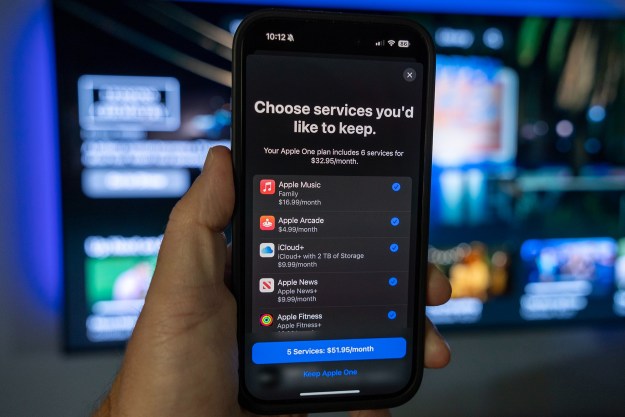Starting today, video upload and streaming service Vimeo is enabling Dolby Vision for creators, as well as the folks who stream content from the site, making it the first service of its kind to support Dolby’s dynamic HDR format. The only catch is that you’ll need a compatible Apple device for both uploading and playback of Dolby Vision content.
“Vimeo’s mission is to enable professional-quality video for all,” said Vimeo CEO Anjali Sud in a press release, “and today we are delivering that power in

Apple introduced the ability to record video in
Vimeo is no stranger to
According to Vimeo, the process for uploading and downloading
Vimeo users can now natively upload
Dolby Vision videos shot on iPhone 12 models or edited in iMovie or Final Cut Pro. Similar to how professional content distributors support playback of content inDolby Vision , Vimeo will automatically detect and play back videos inDolby Vision on all compatible Apple devices, including iPhone 8 and later, 2nd-generation iPad Pro and later on iOS 14, Apple TV 4K on tvOS 14 connected to aDolby Vision TV, and Mac on macOS Big Sur or later.
What’s strange about Vimeo’s announcement is that while the iPhone 12 and 12 Pro might be the only phones that can record in
Editors' Recommendations
- How much is Apple TV+?
- Former Apple exec joins upcoming sports streaming service as CEO
- Why Apple Vision Pro will never replace your TV
- You Asked: Is Dolby Vision a must-have? And how to handle Atmos with irregular ceilings
- The hidden costs of buying a 4K TV are way higher than you think




